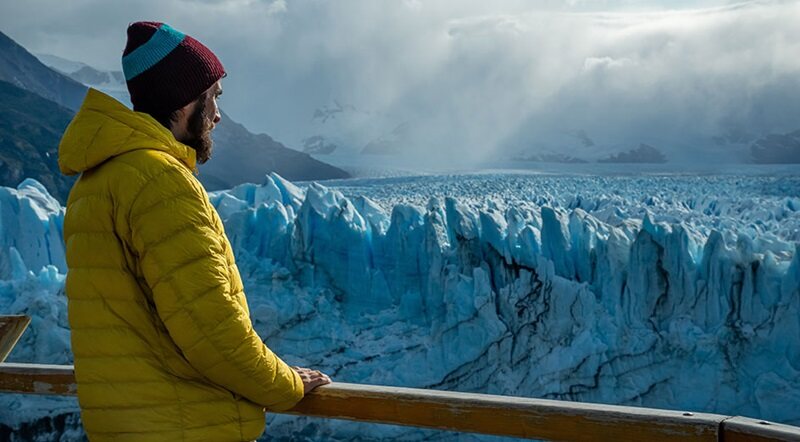Researchers from The University of Western Australia have found that groundwater deep beneath Antarctica could destabilise the continent’s ice sheet causing sea levels to rise faster.


Sedimentary basins reduce stability of Antarctic ice streams through groundwater feedbacks was published in Nature Geoscience.
The study, which was based on machine learning applied to geophysical data collected over many years, has significant implications for forecasts of the impact of climate change on the Antarctic ice sheet and sea level change.
Dr Alan Aitken, from the UWA School of Earth Sciences and research project leader, said where ice sheets were retreating, sedimentary basins were releasing water under the base of the ice sheet which could cause ice sheet flow to further accelerate.
‘The impact of sub-glacial water causing accelerated ice flow into the ocean is potentially catastrophic, if current levels of warming continue unabated,” Dr Aitken said.
“Sedimentary basins are low-lying areas where sediments have accumulated in the past.”
“Unlike most igneous or metamorphic rocks, most sedimentary rocks are porous, allowing them to store water,” Dr Aitken said.
UWA PhD student Lu Li, who was lead author of the study, said the Antarctic-wide study showed that sedimentary basins are found in some of Antarctica’s most sensitive catchments including Thwaites Glacier.
“The ice sheet influences the groundwater system like a syringe and sedimentary basins store water like a sponge,” Mr Li said.
“When the ice sheet grows it ‘injects’ water into the basins and, later, when overlying ice mass is lost, water is released.”
“We show that faster retreating ice sheets release water more quickly, which can lubricate the base of the ice sheet and cause faster ice flow. Faster flow leads to accelerating dynamic ice mass loss and faster rising sea levels.”








































